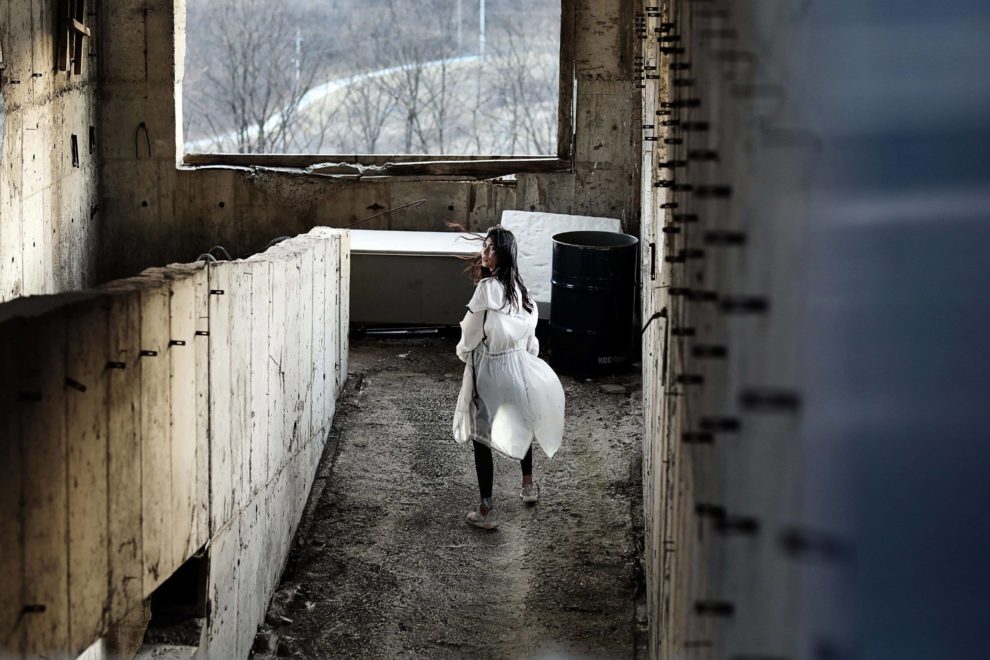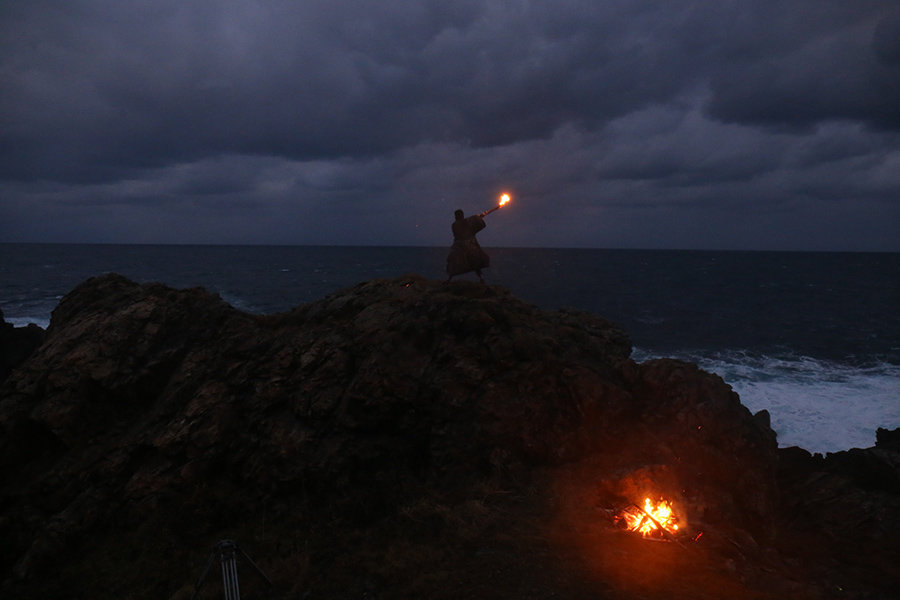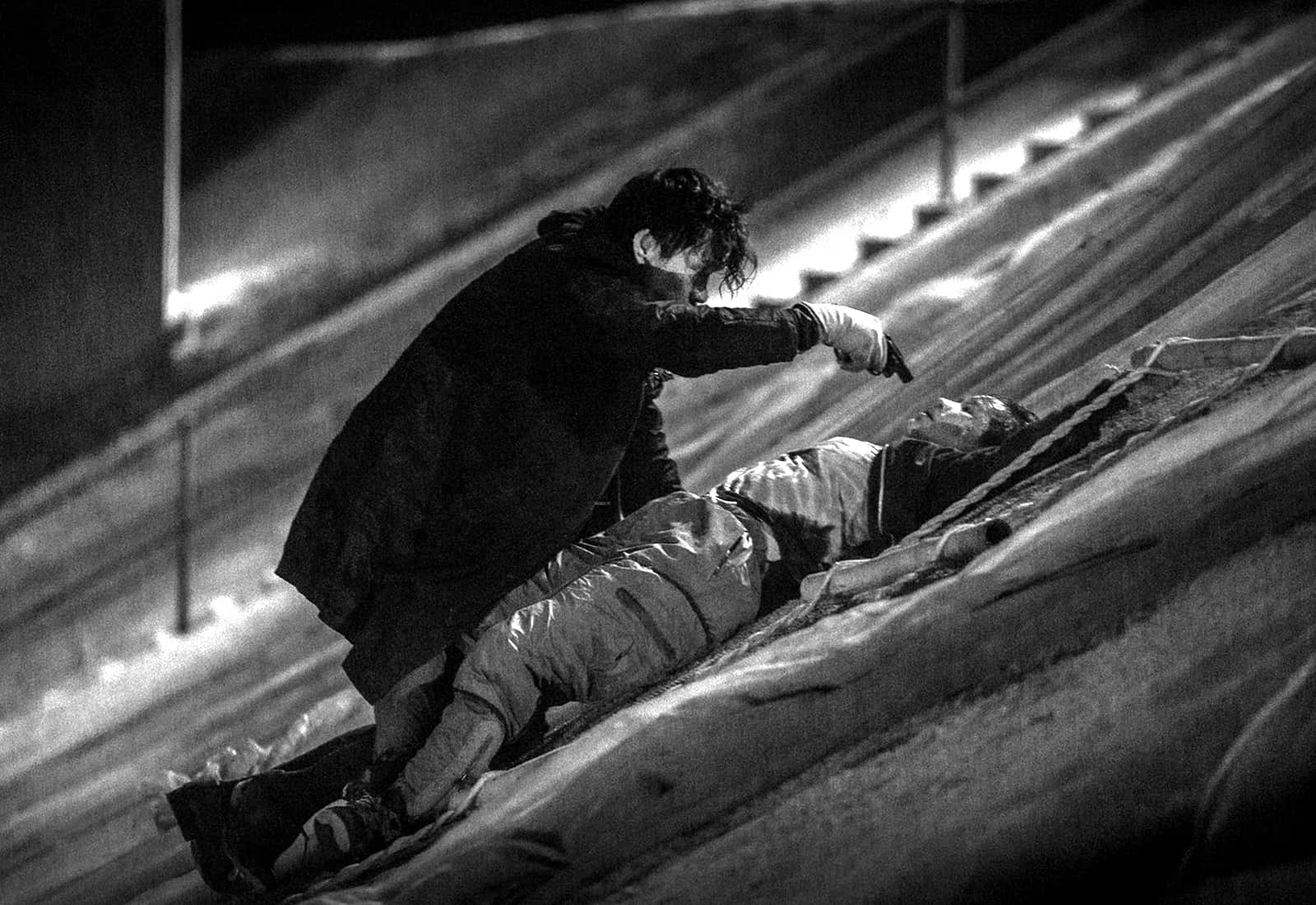Not exactly like the Greek Weird Wave, which derived from the unusual narrative and character choices that border on the absurd, the Korean equivalent includes movies that have a fiction/sci fi base but arthouse aesthetics, to the point that one could say they kind of mock the first with the lack of SFX or any kind of action elements. That most of these titles are supposedly futuristic or alternate reality or dystopian films that take place in settings that have little to no difference than the current times, highlights this “weird” aspect, in an approach that can be attributed to the difficulties of shooting during the lockdowns or to insufficient funds, but still results in a series of productions that can easily be described as unique. Truth be told, the term “wave” may be a bit excessive, since the number of titles does not exactly justify the word, but considering that this may only be the beginning, we decided to ride it early. Without further ado, here are 8 films that justify the term, in random (weird if you prefer) order.
1. Super Nova (Back Seung-kee, 2020)

Nam Gi-dong is an exploration crewmember of Asia Space Administration, aka ASA. After his wife and colleague, Seon-ho dies, he quits ASA to raise his daughter, Gyoo-jin, who at some point though, gets in a paper box in the middle of the room and disappears. Gi-dong searches for her all over the place, but only finds her back in the box after some time, with the girl seemingly having transferred to another dimension. 20 years later, the relationship of the two is quite difficult, with the girl being rather unsatisfied with her father's behaviour and him not being able to understand her needs at all. At some point, Gi-dong has a mysterious experience meeting Sung-ho from another dimension and decides to go back to search for her, using a car-spaceship ASA have been building for some time. Before that happens though, the chief mechanic and Gyoo-jin fall in love, in a series of events that create almost as many complications as the trip to space. With a car filled with five people.
Back Seung-kee creates a narrative of episodic nature, where the comments about family, regret, loss and love that transcends time and space are as evident as anything else is nonsensical. Starting with the concept of the paper box as a transition medium towards different dimensions, continuing with the absurdly presented romance that includes macaroons for some reason, the car spaceship, and concluding with the “Armageddon” parody close to the end, everything here seems to be the offspring of a rather absurd imagination.
2. Fallen (Lee Jung-sub, 2019)
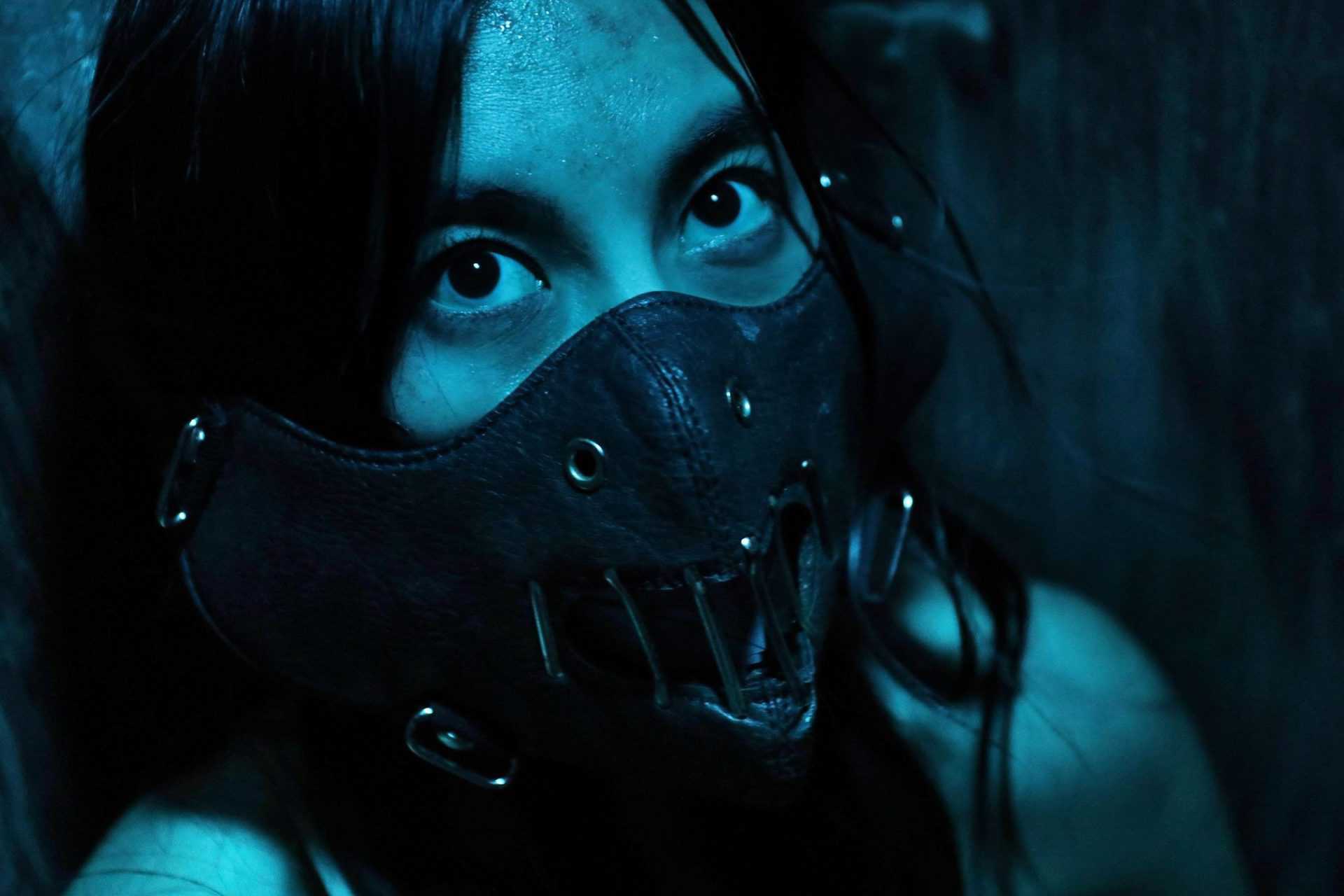
The story begins with famous sci-fi writer Baek Jo-kyeong, who is being interviewed on her work, before the session inevitably turns towards a revenge sex tape of her circulating on the internet. The next scene finds her in a part at a bar, where her producer tries to convince her to apologize publicly to get the ordeal over with, critics who gossip on both her work and the video, and a fan girl who seems to somewhat hit on her. The next scene, however, finds Jo-kyeong waking up in an abandoned warehouse, having her hands tied, and a tattoo spelling ” fallen ” in her back. Soon, she also realizes that the oil drums around her house people from the bar, who proceed on offering her advice about how to acknowledge and cope with her past, including her serial-killer mother.
Apart from the overall sense of confusion, disorientation and surrealism that dominate the narrative, another element that becomes quite obvious from the beginning is the overall pretentiousness that characterizes the film. From the various sets by Lee Jung-sub-I, who implement a minimalistic approach to point toward the sci-fi premises on the film and a more maximalist regarding the present (the bar scene is a distinct sample) to the various protagonists, all of which are incredibly good-looking (and occasionally quite sexy) everything seems to point towards this direction. This approach probably finds its apogee in the dancing scene, which actually seems to serve little purpose apart from stressing the overall approach the narrative takes. At the same time though, the images offered by DP Park Mi-nu are quite beautiful on occasion, particularly in the latest part where elements of action also come to the fore as much as during a number of outside night shots.
3.Maggie (Yi Okseop, 2019)
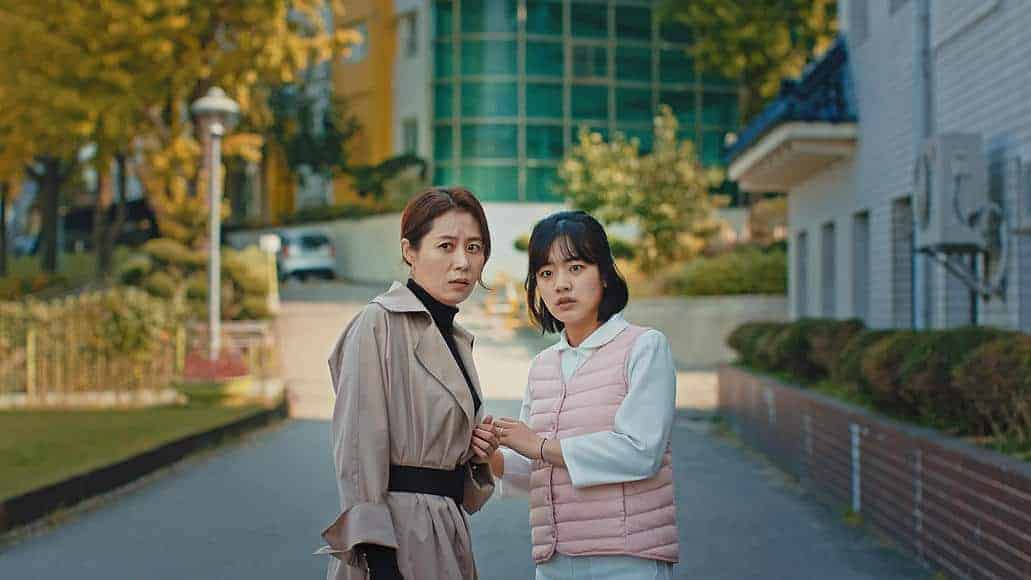
An X-ray of a couple having sex causes a scandal in a hospital in Seoul. For reasons not exactly logical, Nurse Yeo Yoon-yeong suspects the ones depicted may be she and her boyfriend, and decides to submit her resignation. However, when she returns to the hospital the next day, she finds it abandoned, with the exception of the head nurse, since all employees seem to be sick. As the two women embark on a trip that has them question confidence and faith, the film also begins to focus on Yoon-yeong's relationship with her boyfriend, a truly lazy guy who eventually starts working to fill some sudden sinkholes that have started appearing all over Seoul.. All the while, a catfish that can predict earthquakes functions as the narrator of the film
Probably as a whole, the movie does not make sense, but if one could perceive it as a collection of ideas from Okseop's rich imagination, the viewing becomes much easier. One could say that the various episodes have allegorical meaning, regarding the difficulty of maintaining relationships in contemporary Korea, the blights of unemployment, while the sudden sinkholes may represent the emotional gap people feel in this setting. However, the abstract narrative makes it quite hard to understand those metaphors fully, to the point I am not even sure if they actually exist.
4. Hunger (Kang Dayeon, 2020)

The story takes place in a world divided in two parts: The Building City, where the rich live, and the Hachon, where the poor live. Yoo-ji is a teenage girl living with her parents in the former, but her life is anything but content. Her best friend, Seo-jin has disappeared from the building and her parents do not seem to care for her or her siblings, frequently leaving her to take care of them while they stay away for days. Yoo-ji desperately tries to find a sense of purpose in life, since her status and the constant search for wealth and “prosperity” her parents consider their sole goal does not satisfy her. When a disastrous tornado hits both the city and the countryside, the girl finds an opportunity to escape her mundane life, although the trip she undertakes is not exactly what she imagined.
Kang Dayeon directs a film that uses the differences between the haves and the have-nots to make a number of social and philosophical comments, particularly regarding how a young girl is experiencing and shaped by such a setting. The fact that Yoo-ji seems completely unsatisfied with her life states that riches and a comfortable life may not be enough, as the sense of companionship, belonging and the search of a purpose in life emerge as much more important values. At the same time, Kang criticizes parents for their lack of parenthood and guidance towards the new generation, as both of them are presented as completely focus on retaining their status, wealth and on the perpetual search for riches, thus neglecting their own family. The cynicism with which they leave a teenage girl to care about her younger siblings is shocking, and a distinct sample of their attitude that actually justifies the way Yoo-ji feels.
5. The Interviewees (Hwang Seung-jae, 2020)
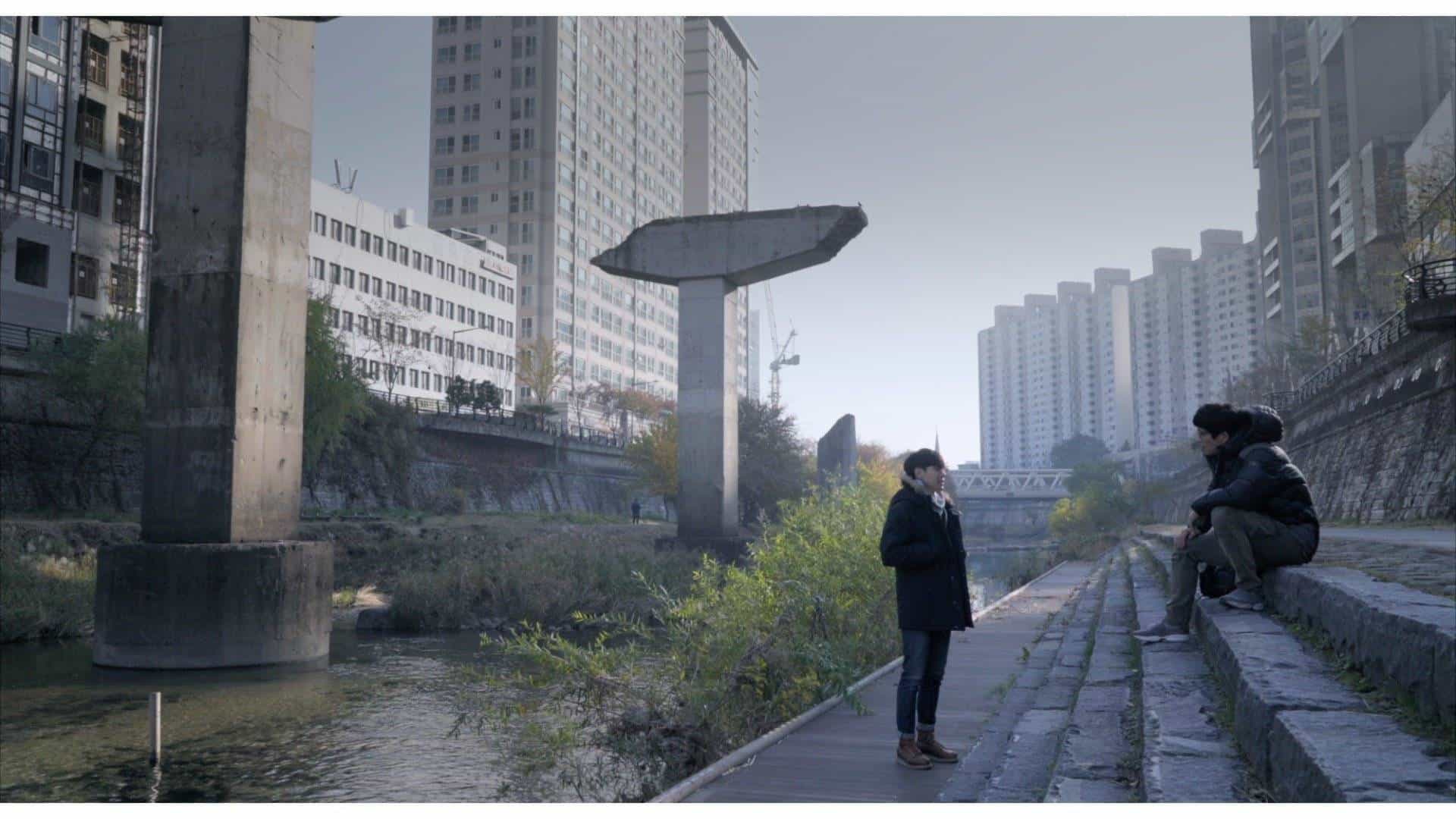
The story takes place in 2220, where people have restored Seoul in a way that does not differ at all from how it was in the 21st century. However, the difference is that the government has created human clones, one for every individual, for a number of reasons most of which have to do with employment in industry and public work. Furthermore, humans must pay monthly health insurance premiums for their clones. In this setting, two men, an original, middle-aged who tries to find a way to pay the medical fees for his sick son, and a young clone that is searching for a meaning in his life, wander around Seoul in search for a job.
Hwang Seung-jae directs a film that deals with a number of social, philosophical and financial issues, most of which revolve around the concept of clones and their raison d'être, both regarding themselves (as beings that have to live in case someone needs them) and for the rest of society and particularly their originals. Corporatism, the practices of the government, particularly regarding the health and insurance sector, new world order, capitalism, and employment are only some of the additional topics the movie deals with.
6. Me and Me (Jung Jin-young, 2019)
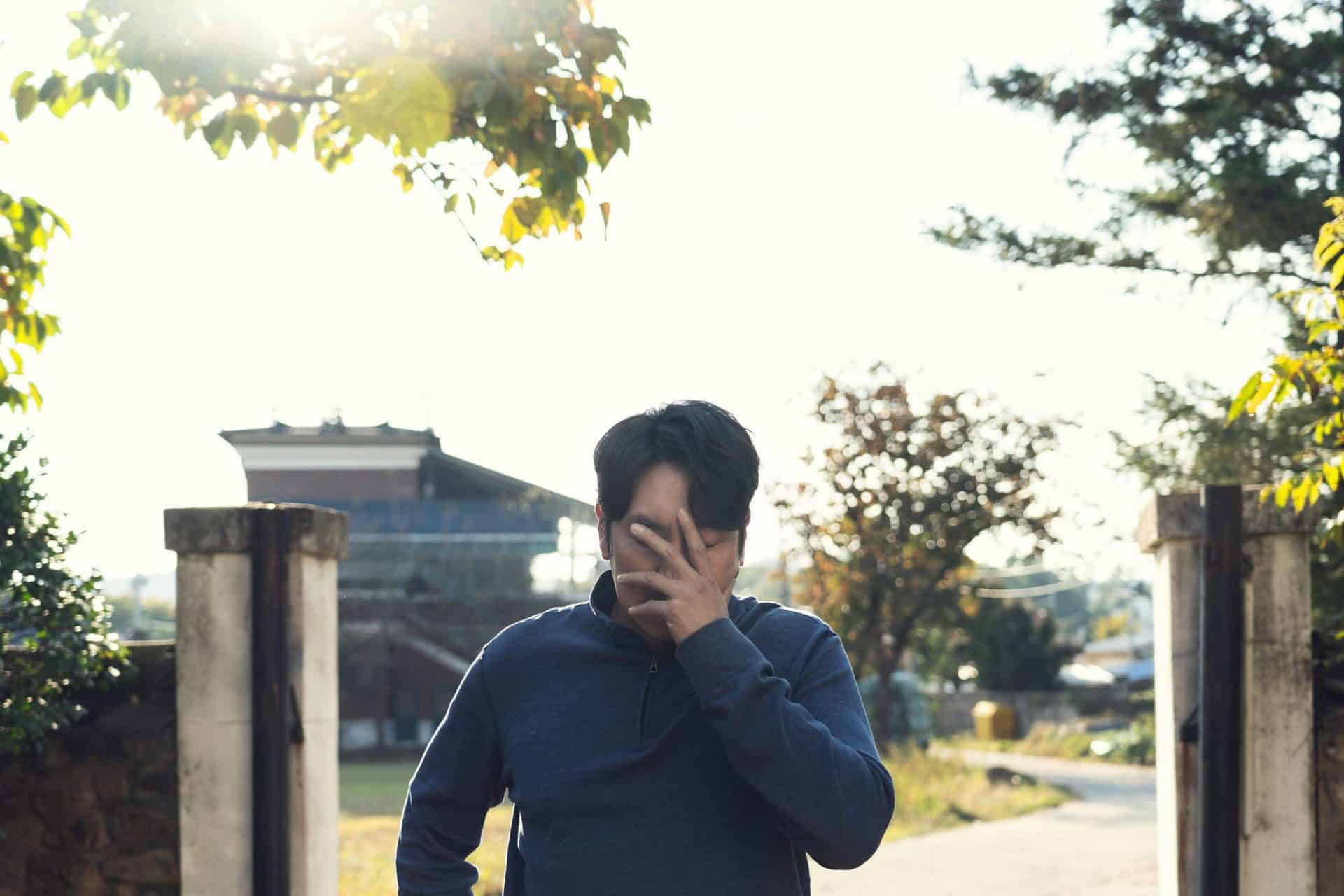
The story takes place in a country village, where Soo-hyeok, a primary school teacher and his wife, I-yeong, have just moved in from Seoul, to the surprise of many villagers, whose dream is to follow the opposite way. However, it is soon revealed that the woman suffers from a rare ailment, which has her transforming into a different person each night, before becoming her regular self every morning. When Hae-gyoon, a nosy neighbor comes across a I-yeong in judoka mode, he decides to help her husband by building a cage for her inside the house. Soon after, however, a fire claims the couple's life and detective Hyeong-goo arrives in the village to investigate their deaths. After a night of heavy drinking, he finds himself being a totally other person, at least to the people around him.
The film begins in very strange fashion, giving the viewer the sense that he has missed something, but that is only the beginning, since, after a point, the narrative takes a turn towards the surreal, in an approach where time and logic seem to play a very small role. Furthermore, the fact that no explanation is given about what is going on seems to invite the viewer to forget any preconceptions about the way a mystery-crime movie should be and instead focus on the comments Jung Jin-young wants to make.
7. Zombie Crush in Hyeri (Jang Hyeon-sang, Kim Joon-sik, 2020)
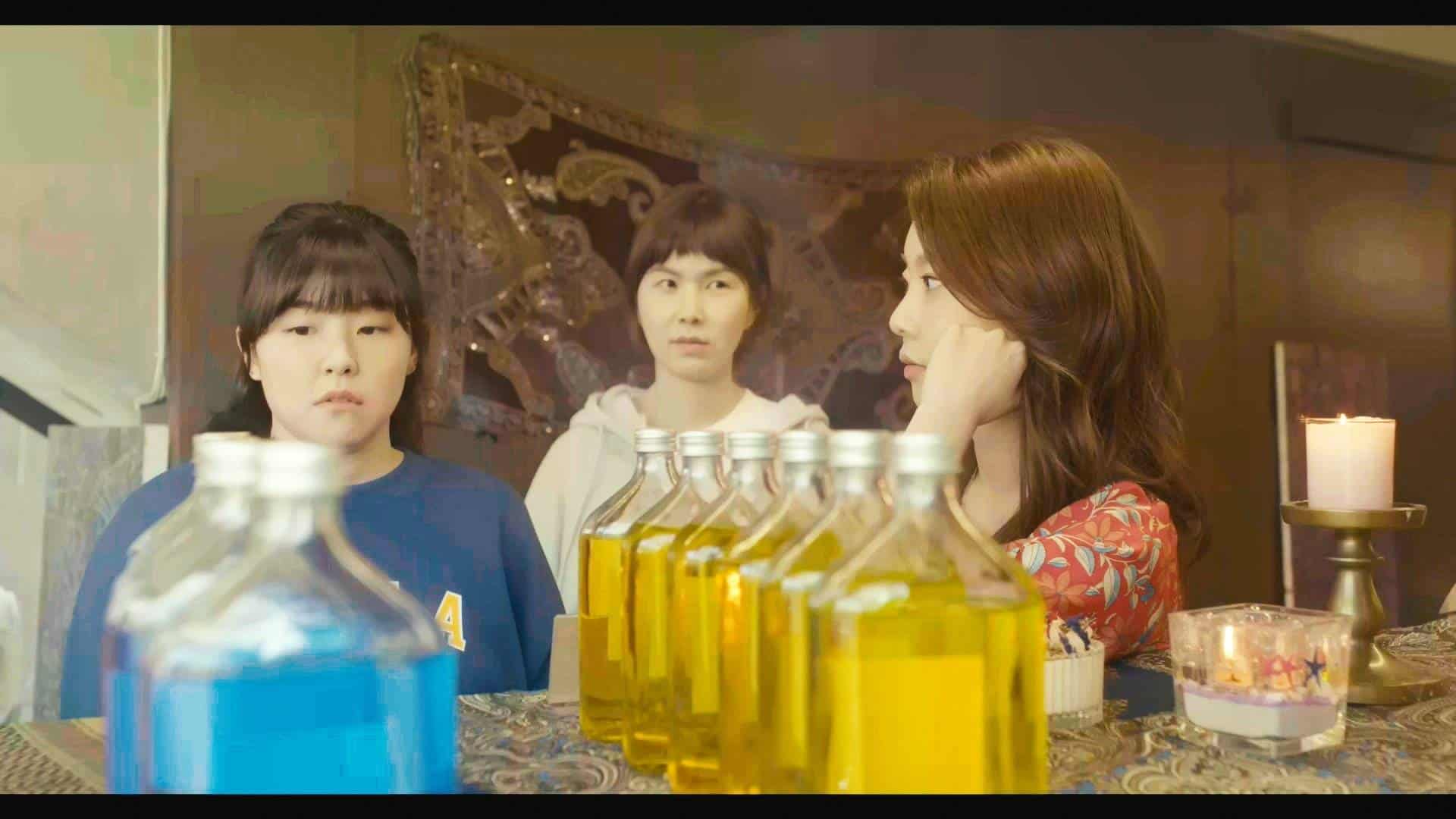
The story revolves around three friends living in the small and peaceful Heyri Art Village in Paju. Jin-seon is clumsy but takes care of people around her, Ga-yeon is a self-proclaimed witch, who sells a blue potion that supposedly can cure hangover, among other things. Hyeon-ah seems completely unremarkable but soon exhibits her prowess in self-defense techniques. During a town meeting, she is acquainted with Min-goo, a rather weird Youtuber who attends an action school and records himself on action wearing a huge cartoon head. Soon-gi is a coffee factory CEO who also runs a local art cafe. When a zombie infestation takes place in the town, the five of them come together to defend themselves and the people around them, while the blue potion plays a significant factor in their defense. Eventually, the army arrives but the group still find themselves in a position where they have to rely on their own powers.
The first unusual thing one will notice in Jang Hyeon-sang and Kim Joon-sik's direction, is that they take their time until they let the zombies appear, something that happens after 35 minutes or so. In this time, their effort focuses on introducing their characters, and particularly their distinct quirkiness, which seems to be the main trait of every one here. This presentation is actually hilarious, starting with Min-goo's overall behavior towards other people (the scene with the courier is a great sample) and continuing with the three ladies, each of whom seems to be as weird as they come, but still rather likeable. At the same time, the comments about the cosmetics industry are rather pointy, despite the overall fable approach, and seem to extend to the way people can convince themselves and subsequently, those around them, for things that are utterly illogical, something the industry seems to base its whole marketing upon.
8. The Prayer (Min Gyoo-dong, 2020)

In the future, the caretaking of chronic patients has been assigned to nursing androids who resemble family members, which, however, have to be paid by the patients' families, despite their exuberant costs. The film focuses on two such cases. Yeon Jeong-in is a young woman who has been taking care of her comatose mother for ten years, along with the robot Kan Ho-joong, who has her face, but completely different appearance. During the period, she has neglected both her printing business and herself, to the point that she has become suicidal due to her despair. Choi Jeong-gil is taking care of her senile husband, who frequently has paranoid fits, with the help of another robot looking like her (again, the face, not the overall appearance), which, however, is an older model that does not work particularly well. Jeong-gil's finances have been depleted almost completely just to afford this lesser model, but her cries to the hospital android manager for maintenance have no particular impact. Eventually, both women succumb to despair, lingering between murder and suicide, with the robots being the ones that have to decide what will happen. Kan Ho-joong reaches out to a local nun for help, but the consequences end up being even more dire.
Probably the most interesting aspect is the way Min implements religion and Christianity in particular in the narrative, connecting it with the aforementioned comments. In that fashion, the movie paints it in the bleakest colors, as Min initially mocks its practitioners (the hymn-singing in the beginning) before it highlights it as something rather dangerous, through a series of twists concerning the android that are best left unrevealed. One thing should be said, though, about the finale, whose iconoclastic, audiovisual extravaganza provides the most impressive moment of the movie, with the cinematography, the coloring, the editing and the sound coming together for a truly magnificent scene.


